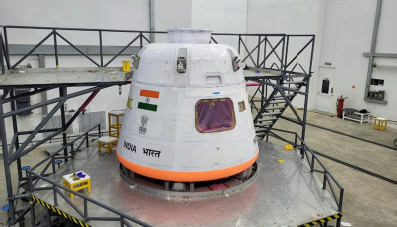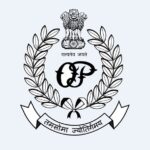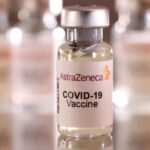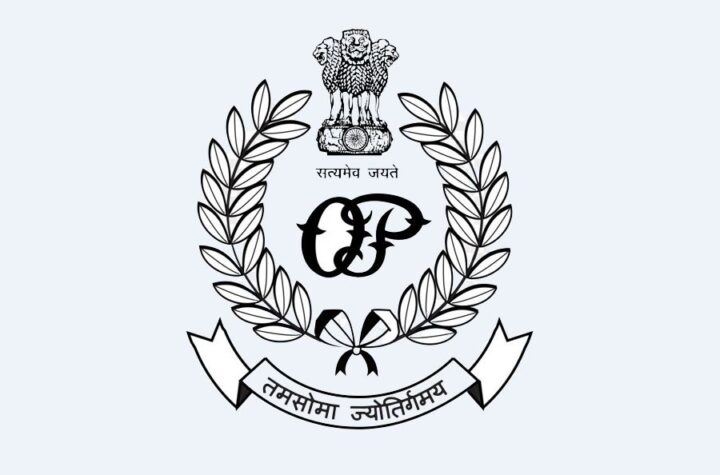Madurai: ISRO will conductthree more test vehicle missionsunder the ambitious Gaganyaanprogramme after the maiden TVD1test flight, which is scheduledon October 21, the space agency’schairman S Somanath said on
Saturday.The Gaganyaan projectenvisages a demonstration of thehuman spaceflight capability bylaunching a human crew to anorbit of 400 km and bringing themsafely back to earth by landingin Indian sea waters.The test vehicle developmentflight (TV-D1) will be conductedat the Satish Dhawan SpaceCentre in Sriharikota in AndhraPradesh to test the crew modulethat is scheduled to house Indianastronauts during the humanspaceflight late next year.
“The first test vehicle flight (ofthe Gaganyaan mission) will beconducted on October 21. After that we have planned for threemore test missions, D2, D3, D4.We will hold thorough testsduring the test flight sequence,”
Mr Somanath, who is also thesecretary, Department of Space,told reporters in Madurai. Hewas here to participate in acouple of events inRameswaram.TV-D1 involves launching thecrew module to outer space,bringing it back to earth andrecovering it after touchdown inthe Bay of Bengal. Recently, theUnion Science and TechnologyMinister Jitendra Singh said theBengaluru-headquartered spaceagency would carry out the firstof several test flights ahead ofthe Gaganyaan maiden missionon October 21 at Sriharikota.To a query about the Aditya-L1 programme, the maiden solarmission undertaken by ISRO,Somanath expressed hope thatthe spacecraft will reach theLagrange point (L1) in the middleof January 2024. “We will insertit in the L1 point and undertakevarious scientific experiments
from that point,” he said.Last week, ISRO scientistsperformed a trajectory correctionmanoeuvre on the Aditya L1
spacecraft. The spacecraft waslaunched by a PSLV-C57 rocketon September 2.On the setting up of anotherlaunch pad inKulasekarapattinam in Tuticorindistrict, he said ISRO would beable to avail several benefits from
that launch pad as it would beuseful for launching smallerrockets and to serve privateplayers.”…right now bigger rockets likePSLV need to take a turn towardsthe southward direction above Sri Lanka since the launch pad is
in the east (in Sriharikota).Whereas in Kulasekarapattinam,we don’t need to make rockets tomake that turn as they will bealready facing southward,” hesaid.”Smaller Satellite LaunchVehicles and private players willbe able to use that launch pad (inKulasekarapattinam). Right now,the land is in the acquisition stage.It will take two years completion,” Mr Somanath said.











More Stories
LS elections: 4th phase polling records 63 pc turnout
‘Still poor country’: India going to become third largest economy in world
AstraZeneca withdraws Covid-19 vaccine globally, months after admitting rare side effects